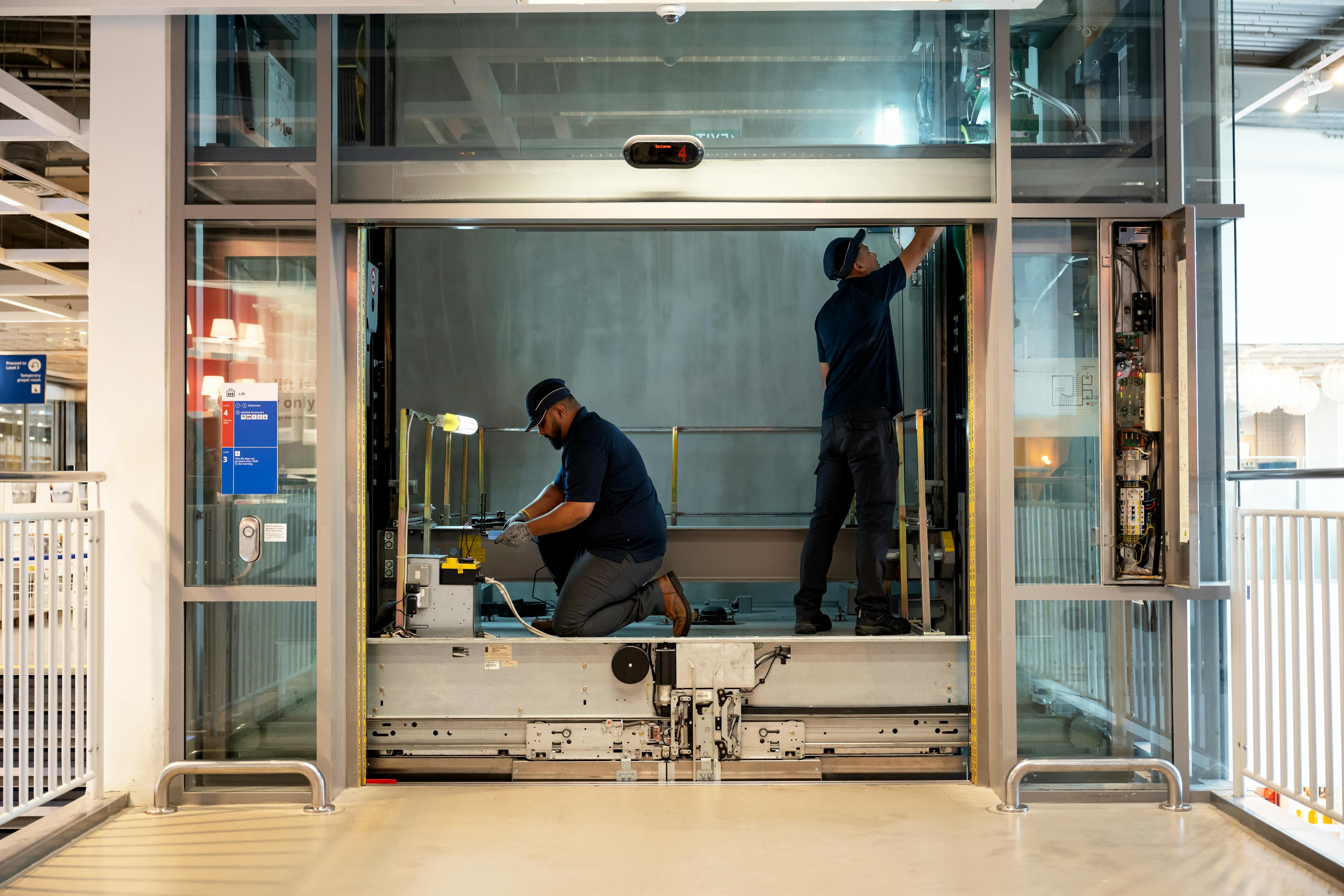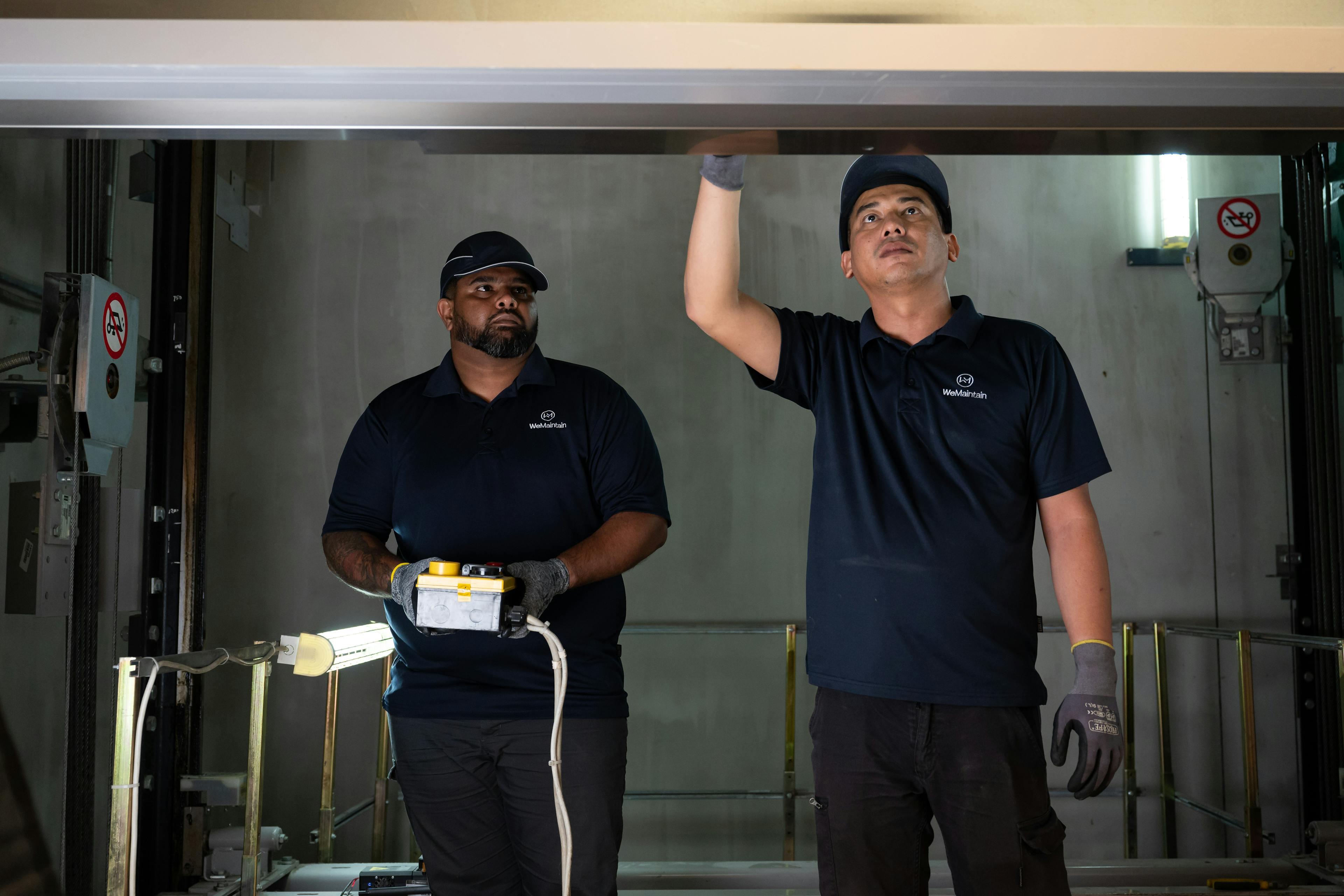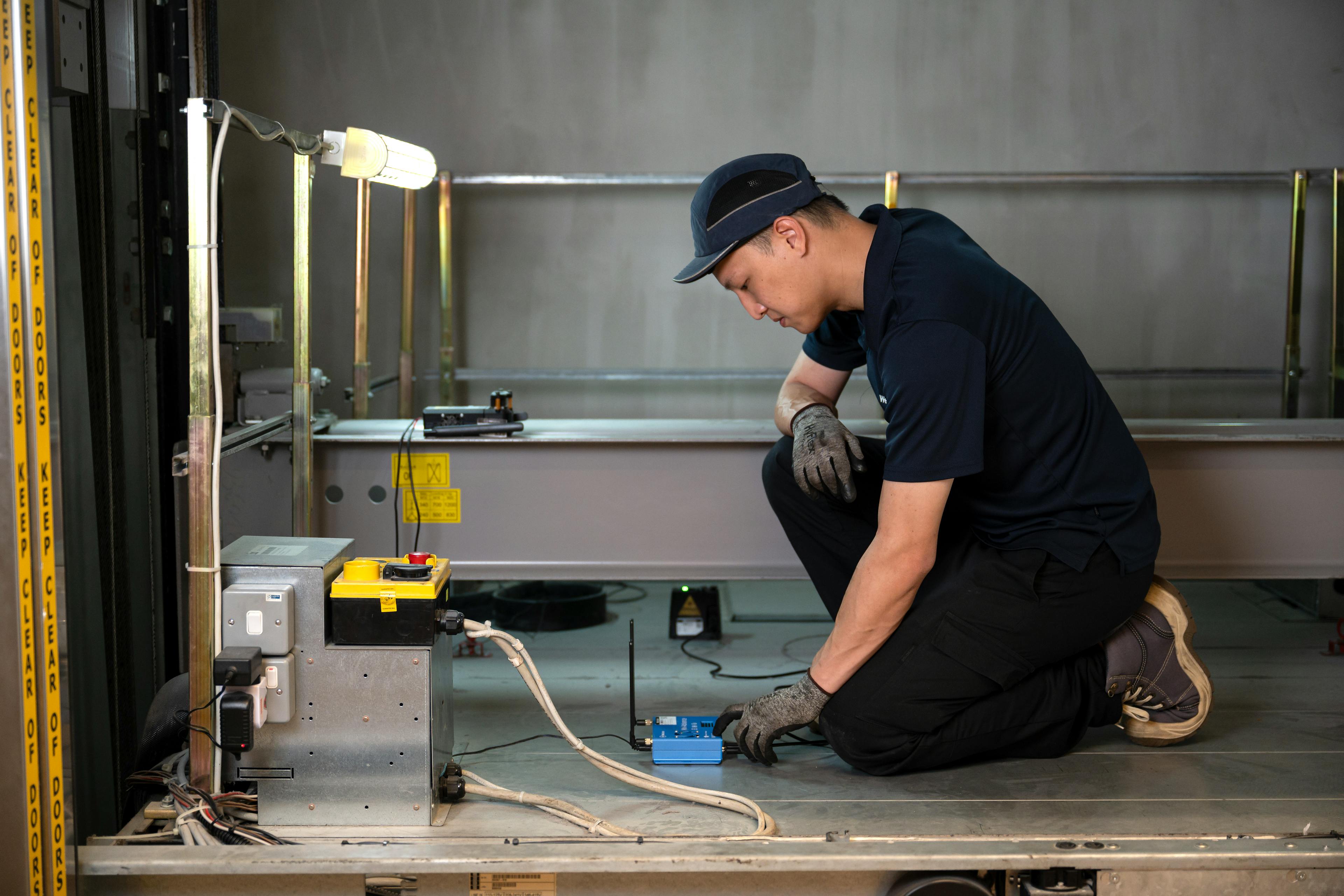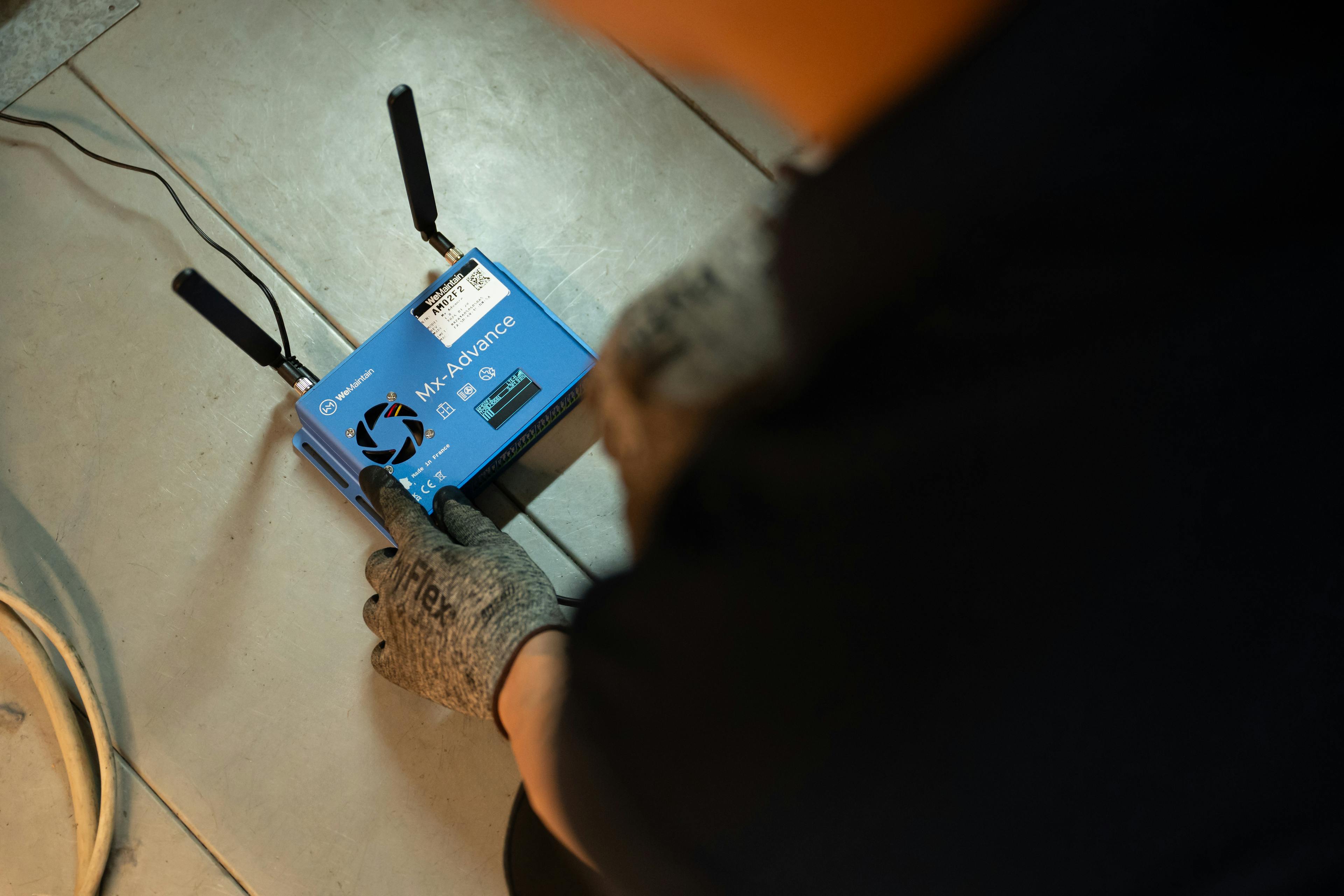
From Downtime to Efficiency: Smart Nation 2.0 and the Future savings for Lift & Escalator Maintenance
Singapore’s Smart Nation 2.0 initiative is more than just a vision, it’s a strategic shift towards a digitally integrated city where data, automation, and technology drive smarter, more durable infrastructure. While the initiative covers a broad spectrum of urban transformation, one area that’s often overlooked is vertical transport and lift and escalator maintenance, a core enabling technology regimen for Singapore’s high-density urban landscape.
For high-intensity usage real asset owners like transport networks, hospitals, office towers, condominiums, and factories, the implications are clear: traditional maintenance methods are no longer enough. With the push for predictive, data-driven operations, IoT sensors and data-backed facilities maintenance are becoming essential to meet both regulatory and performance expectations.
So, how should the lift and escalator industry evolve to align with Singapore’s smart city ambitions? Let’s explore.
The Role of Smart Nation 2.0 in Urban Infrastructure
Singapore has long been a leader in urban innovation, but Smart Nation 2.0 focuses on more targeted and impactful digital transformation efforts. It prioritises real-time data collection, automation, and AI-driven decision-making to enhance efficiency and safety across various sectors, including building management.
For facilities managers, this means a shift towards proactive maintenance strategies powered by real-time monitoring and predictive analytics. This approach is crucial in the lift and escalator industry, where unexpected breakdowns can cause major disruptions and even safety risks.
The Push for Data-Backed Facilities Maintenance
Smart Nation 2.0 promotes the use of data-backed facilities maintenance, where real-time data from IoT sensors helps predict faults before they occur. Traditional time-based servicing is being replaced with condition-based and predictive maintenance, a shift that reduces downtime, increases efficiency, and improves safety. Along with the efficiencies it brings, predictive maintenance is able to realise real savings for their clients.

Why Traditional Lift and Escalator Maintenance No Longer Works
Most lift and escalator maintenance follows a scheduled approach, engineers inspect and service equipment at fixed intervals, whether or not there’s an issue. While this may have worked in the past,there are now more powerful maintenance approaches in an era of data-driven decision-making, industry manpower challenges, and post-covid supply-chain disruptions.
Here’s why:
- Unplanned Failures Are Costly – Unexpected breakdowns lead to expensive emergency repairs and disruptions for tenants and visitors.
- Lack of Real-Time Insights – Without continuous monitoring, small issues can escalate into major failures.
With the rise of smart buildings, asset owners are demanding more visibility and data-driven insights to optimise maintenance operations.
How IoT and Predictive Analytics Are Changing the Game
IoT sensors and real-time data analytics are at the heart of Smart Nation 2.0’s infrastructure drive. These technologies allow for preventative maintenance, ensuring that lifts and escalators are serviced based on actual performance data.
How It Works:
- IoT Sensors Track Key Performance Indicators (KPIs) Sensors installed in lifts and escalators monitor vibration, temperature, door cycles, and movement patterns.
- Data Is Analysed in Real Time Machine learning algorithms detect anomalies and early signs of wear.
- Predictive Maintenance Prevents Failures The system alerts engineers before breakdowns occur, reducing downtime and improving efficiency.
This data-backed approach ensures that lifts and escalators remain operational with minimal disruption, a crucial advantage in high-traffic, high-rise urban environments like Singapore.

WeMaintain: Bringing Smart Lift and Escalator Maintenance to Singapore
Unlike traditional service providers, WeMaintain’s Maximize, leverages IoT technology and data analytics to deliver real-time insights and predictive maintenance solutions.
Why Asset Managers Are Turning to WeMaintain:
- Real-Time Monitoring – IoT sensors provide live data, reducing reliance on outdated maintenance schedules and without the need for manual input.
- Anomaly detection – live data that is benchmarked prevents most failures before they happen & limits downtimes on others
- Benchmark Energy Consumption - Reduce your energy bill by improving equipment efficiency in some cases up to 65% through modernisation.
- Compliance with Smart Nation 2.0 Objectives – WeMaintain’s approach aligns with Singapore’s push for smarter, tech-driven urban infrastructure with great labor efficiency.
By shifting to data-backed facilities maintenance, asset owners can reduce costs, enhance safety, and improve operational efficiency, all while staying ahead of Smart Nation 2.0’s evolving requirements.

Final Thoughts: The Future of Lift and Escalator Maintenance in Singapore
The transition to Smart Nation 2.0 presents both challenges and opportunities for the lift and escalator industry. The old way of doing things, manual checks and fixed schedules, is no longer sustainable in a world that demands real-time insights and predictive maintenance.
By embracing IoT sensors and data analytics, asset owners and managers can ensure that their buildings remain safe, efficient, and future-proof. WeMaintain has been leading this shift, offering technology-driven solutions that align with Singapore’s vision for a smarter, more connected city.
So, what’s next for your building?
If you’re still relying on traditional maintenance models and are unsure on how to think about digitising or modernising your strategy, reach out and we’d love to learn more about your existing process and discuss where and how we see opportunities for you. Send us a quick email and we'll get back to you.
The future is data-driven, predictive, and efficient and it’s already here.
